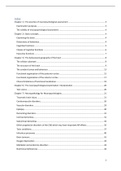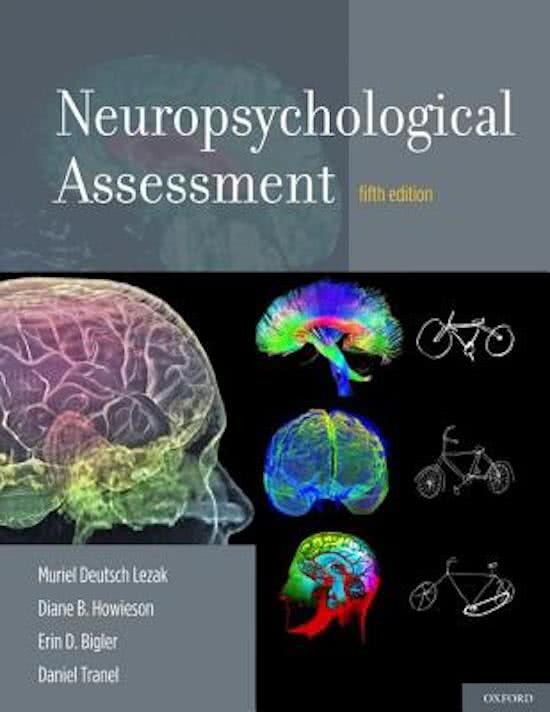Resume
Summary Lezak Diagnostics literature
- Cours
- Établissement
- Book
This is a detailed summary for the given literature of for the course "Diagnostics". It helped me get a 8.5 for my exam. What is summarized: Chapter 1, pages 3-12 (full chapter except for the section "What can we expect of neuropsychological assessment in the 21th century?"). Chapter 2, pages ...
[Montrer plus]




